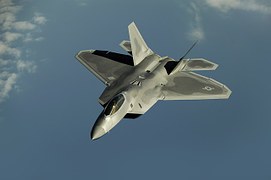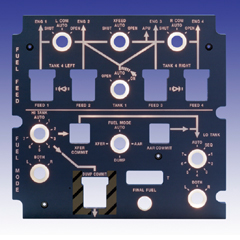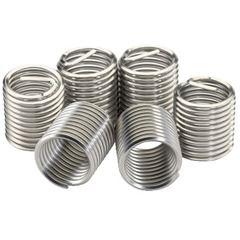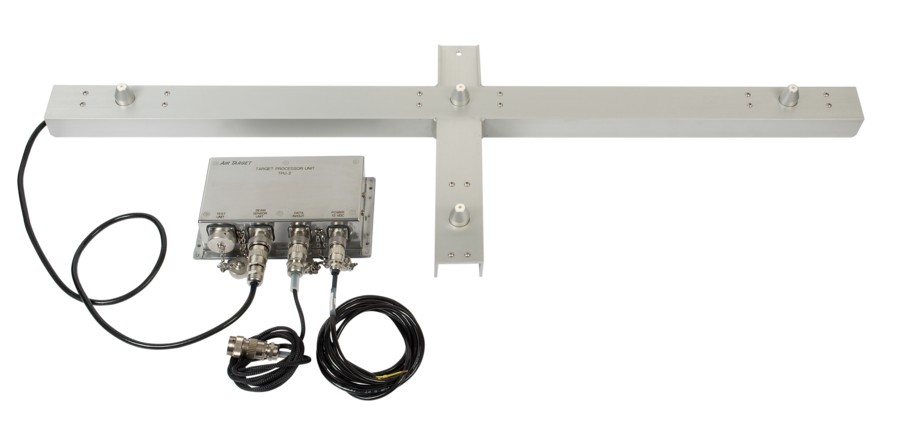Times have changed, with humans desire to fly. fantacized with dreams to go wherever they want. One such individual was Leonardo da Vinci (1452-1519), who was the first human to approach heavier-than-air-flight in a technological sense. However, nearly four centuries later, when technology advancements allowed sustained, powered manned flight, the practical solution demonstrated by the Wright brothers used a fixed-surface to provide the lift.
Aicrafts history is marked by the introduction of new technologies from the past when the first aircraft was developed. The tiltrotor technology represents one such transformational capability.
A “tiltrotor” is a unique type of aircraft that has the cruise speed and efficiency to achieve the range and endurance of a turboprop airplane and can takeoff, hover, and land vertically to provide the runway independence of a conventional helicopter.
A tiltrotor has a wing with lift/propulsive proprotors at each wing tip. These proprotors are aerodynamically designed to function both as propellers and rotors. The proprotors, along with their engines and reduction gearboxes, are mounted in the wingtip nacelles. They rotate from a horizontal position (airplane or cruise mode) to the vertical position (helicopter or hover mode).

The idea of constructing Vertical Take-Off and Landing (VTOL) aircrafts helicopter-like rotors at the wingtips originated in the 1930s. The first design resembling modern tiltrotors was patented by George Lehberger in May 1930, but he didn’t go ahead with it. Tiltrotor aircrafts were first came to be known as Transcendental Model 2 tilt rotor aircraft, developed by Cobey but funding limitations resulting from the withdrawal of Air Force support prevented the expansion of the flight envelope, and the program was terminated in 1957. Other tilt rotor aircraft designs appeared during the 1950s but most never left the drawing board.
In helicopter mode, the proprotors provide all lift and control with the required engine power being the highest when hovering. Additionally, the tiltrotor can stop the transition and fly in the conversion mode, a flight regime unique to the tiltrotor. Although a tiltrotor aircraft can hover and has excellent changing position and handling qualities in vertical flight like a helicopter, it has other capabilities that greatly exceed those of a helicopter. Consequently, it is misleading and inaccurate to refer to a tiltrotor as a helicopter. At the same time it needs to be noted that the tiltrotor is not an airplane for at low speed on hovering flight the tiltrotor can rotate its enclosures (i.e. its thrust direction) from horizontal to vertical position, something no airplane can do.
The V-22 “Osprey” is the world’s first production tiltrotor aircraft. It represents a revolutionary change in design and versatility. It brings in capabilities not found in helicopters- a leap in speed, range and altitude performance. Unlike any aircraft before it, the V-22 successfully blends the vertical flight capabilities of helicopters with the speed, range, altitude, and endurance of fixed-wing transport aircraft.
As such, it combines Vertical Takeoff and Landing (VTOL), high altitude, and high speed with a day and night, adverse – weather capability and incorporates a series of features to improve mission success rates and survivability. The V-22 offers twice the speed, three times the payload, five times the range and can fly more than twice as high as the older rotorcraft it is destined to replace.
V- 22 aircraft has “safety” built into every facet of its design. Some safety signs of V-22 are:
- » The composite fuselage structure has a metallic wire mesh built into it to dissipate lightning strikes.
- » The prop-rotors have lights in the rotor tips for night safety and de-icing blankets built into them. They are designed to fail in such a way that they will turn into strands of composite material upon impact (Broom Stranding). This eliminates the hazard of large chunks of flying rotor traveling in every direction in a crash situation.
- » The engine and transmission systems have double, triple and quadruple redundancy built into them.
- » The aircraft can fly with any degree of nacelle tilt in both single and multi engine modes.
- » The self-sealing fuel system has self-closing safety fittings and breakaway fuel lines designed to contain the fuel in a high impact situation and reduce the hazard of post crash fire.
- » Dual automatic flight control systems monitor and adjust control inputs to reduce the workload on the pilots.
The V-22 is ideally suited for a wide range of premises and has proven itself across the range of military operations. Tiltrotor technology offers the tactical commanders exceptional improvements in operational effectiveness coupled with significant reductions in mission costs and risk. The extensive flight covering, vertical lift, and unrefueled range allows the air force officers to complete current missions more effectively, as well as to execute entirely new missions. The improved productivity and reduced trust on support systems actually cuts down total mission costs, while trimmed susceptibility, vulnerability, and mission complexity diminishes the mission risks.
Tiltrotor will be a major revolution in rotor craft technology which is likely to alter the very concept of helicopter operations.



0 Comments